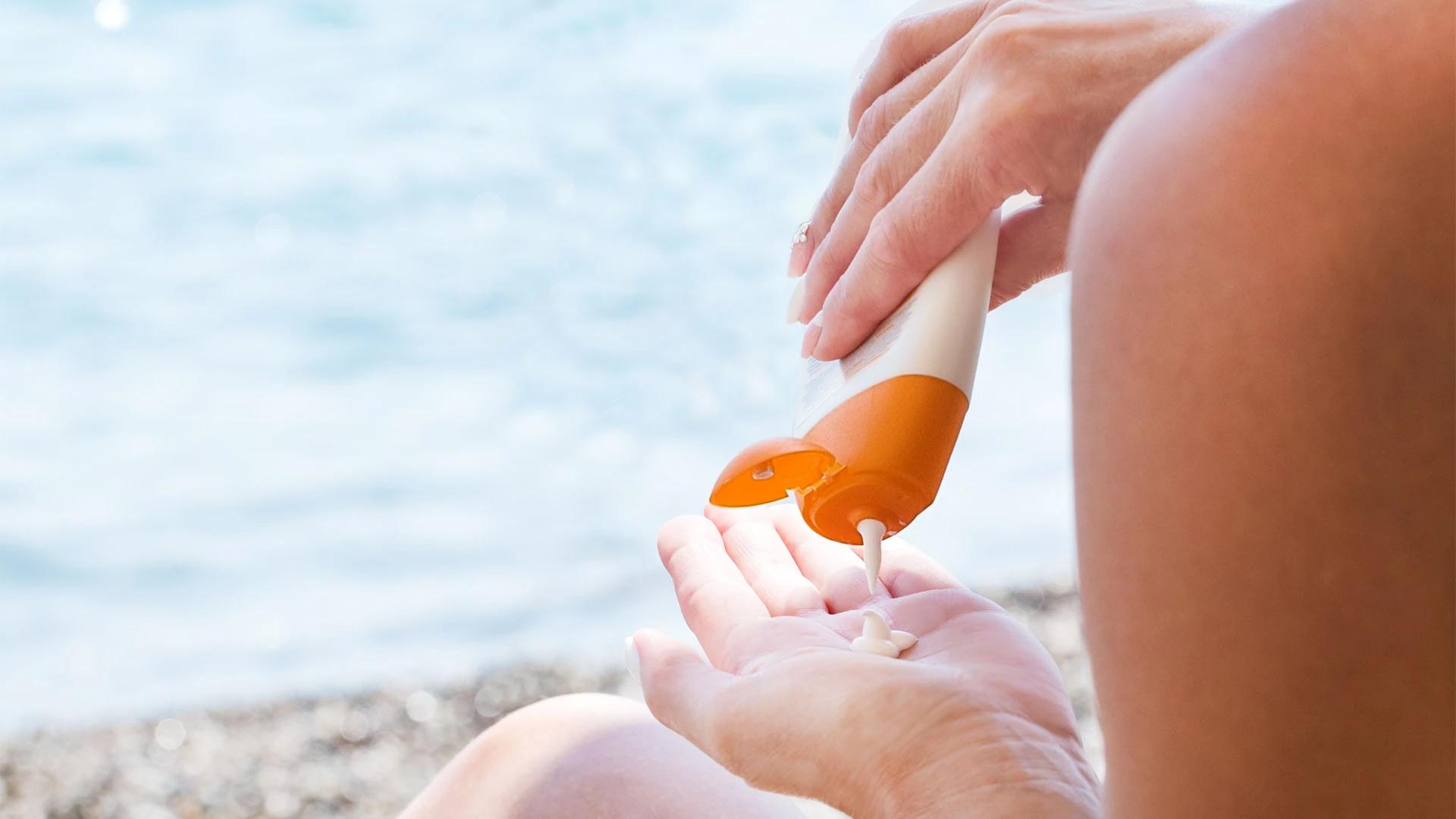Expert Tips for Choosing Sunscreen for Oily Skin


 50 ml
50 mlSPF 70 Matte Finish Sunscreen for Oily Skin
Sunscreen is a must-have in your skincare routine, especially if you have oily skin. Finding the best sunscreen for oily skin can sometimes feel like a maze. We know the struggle—balancing sun protection and keeping that shine under control isn’t always easy. But don’t worry, we’re here to help you sort out the essentials with some expert tips to guide you through the choices. This article will uncover key features and share practical insights to make picking your daily sunscreen a breeze.
When it comes to oily skin, sunscreen isn’t just about protection from UV rays; it’s also about managing excess sebum. Regular formulations might leave your skin feeling weighed down and greasy. Picking the right sunscreen is crucial to avoid clogged pores and unwanted breakouts while still keeping your skin safe. Let’s dive into why oily skin demands special formulations and what ingredients to seek for that flawless finish.
Oily skin produces more sebum than dry skin, which means standard sunscreens can often feel heavy. They may contribute to a greasy texture and even trigger breakouts. That’s why specialized options such as oil-free sunscreen or non-greasy sunscreen are formulated with lighter compounds, ensuring your skin is protected without clogging pores or exacerbating oiliness.
When shopping for skincare sunscreen for oily complexion, keep an eye out for these features:
Picking the right sunscreen is more than just scanning labels. It’s all about matching the product’s texture and ingredients with your skin’s unique needs. Whether you’re seeking a lightweight sunscreen for oily skin or one that is ideal for sunscreen for acne-prone skin, understanding what each type offers can make all the difference.
 50 ml
50 mlNo Shine Sunscreen SPF 50+ PA++++, Matte Finish
A lightweight sunscreen for oily skin should feel breathable on your skin. Water-based formulations offer hydration without the heavy, greasy residue you’d dread. These sunscreens blend in smoothly and are perfect for daily wear—keeping your skin compensated while letting it breathe.
Non-comedogenic formulas are designed to avoid clogging your pores, making them a top pick for sunscreen for acne-prone skin. Look for products that clearly state they are non-comedogenic or specifically tailored for oily skin. This label is your assurance that the product won’t add to pesky breakouts.
A matte finish sunscreen is a lifesaver if you’re battling shine throughout your busy day. They help control the oil while keeping your makeup application neat. Daily sunscreen for oily skin that offers a matte finish can become your secret weapon, ensuring your skin stays fresh and clear, even on the sunniest days.
Protection is key. Dermatologists often suggest using sunscreen with an SPF of 30 or above. A broad-spectrum sunscreen for oily skin remains crucial as it shields against both UVA and UVB rays. This means your skin gets the complete care it needs without the unwanted extra shine.
Even with a clear checklist, there are a few common missteps to be mindful of. Sometimes, skipping over important details on the label can lead to buying sunscreens that worsen oiliness. Equally, waiting for a special occasion to reapply can leave your skin unprotected during the day.
 100 gm + 25 gm Extra
100 gm + 25 gm ExtraMatte Look SPF 30 PA ++ Sunscreen Gel Crèam
Before incorporating a new sunscreen into your routine, always perform a patch test. Apply a small amount on your inner wrist or behind your ear. Wait a few hours to see if it leaves any greasy residue or causes irritation. This simple step can save you from potential breakouts later.
Experts often suggest checking out two main types of sunscreens: mineral and chemical. Each has its perks, especially for oily and acne-prone skin. Understanding their differences will help you decide which suits your skin best.
Mineral sunscreen typically features zinc oxide or titanium dioxide. It sits on top of your skin to reflect UV rays and is generally suited for sensitive or acne-prone skin. On the other hand, chemical sunscreen is known for its lightweight formulation and fast absorption, although it might not always align with the needs of oily skin.
Certain ingredients can be game changers for your oily skin routine. Search for products formulated with ingredients like niacinamide, which helps regulate sebum production, or hyaluronic acid that hydrates without adding weight. Antioxidants further protect your skin from environmental stressors, making these ingredients key players in any daily sunscreen for oily skin routine.
 50 ml
50 mlSun Expert Dry Matte Fluid SPF 50++++ Sunscreen with 1% niac & ceramide, for oily skin
The best sunscreen for oily skin is one that is lightweight, oil-free, and non-comedogenic. It should have a matte finish to help control shine while offering broad-spectrum protection.
Absolutely. Just look for sunscreens that are clearly marked as non-comedogenic. These options are designed especially for acne-prone skin to prevent further breakouts.
Yes, but make sure you select a lightweight, oil-free moisturiser. This will allow your sunscreen to sit nicely on top without creating extra shine or clogging pores.
It’s a good rule to reapply every 2–3 hours, especially if you are outdoors or sweating. Regular reapplication ensures your skin stays protected throughout the day.
Both can work, depending on your preference. Mineral sunscreens are often favoured for sensitive and acne-prone skin, while chemical sunscreens tend to be very lightweight and absorb quickly enough for daily wear.
Choosing the best sunscreen for oily skin doesn’t have to be a challenge. By focusing on products that are lightweight, oil-free, and offer a matte finish, you can easily integrate sunscreen into your daily routine without the drama. Remember, the key is to blend protection with comfort, ensuring your skin stays safe and shines in all the right ways—without the unwanted grease. With these expert tips, your next pick might just become your new fave.